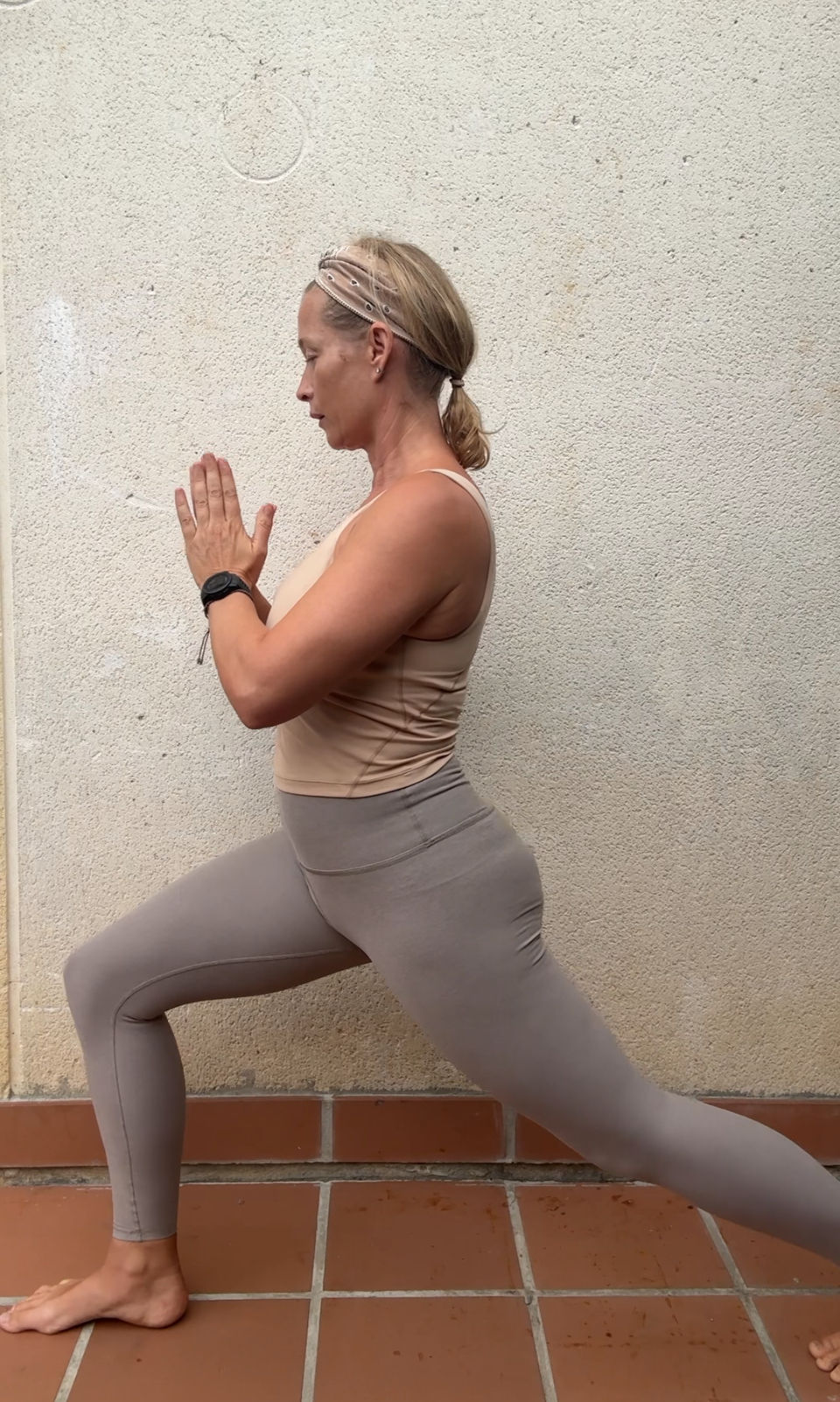The Role of Somatic Breathwork in Nervous System Regulation
- Shaini Verdon
- Jun 6, 2024
- 4 min read

Do you ever feel like you're constantly on alert, with your heart pounding and your palms sweaty? Or perhaps there are times when you feel detached and disengaged as if pulling away from everything around you. These feelings are not just random; they are direct communications from your nervous system about its current state.
Identifying Your Nervous System’s State with Polyvagal Theory
Developed by Dr. Stephen Porges, Polyvagal Theory helps us understand that our nervous system continually assesses our surroundings for safety or danger. Depending on what it perceives, it adjusts by switching into one of three primary states:
Ventral Vagal State
Here, you feel secure and connected, with relaxed facial muscles and steady breathing—a state of social engagement and calm.
Sympathetic Arousal State
This is the activation of the fight-or-flight response when you feel threatened. It can lead to anxiety, irritability, tension, rapid heartbeats, and hyper-focus on potential dangers.
Dorsal Vagal Shutdown
In extreme cases, when a threat feels overwhelming, the body may enter this state, characterized by disconnection, immobility, and conservation of energy to protect itself.
Are You Stuck in Survival Mode?
Take a moment to reflect on your recent emotions, thoughts, and physical sensations. If you find yourself frequently anxious, irritable, or unable to relax, it’s likely your nervous system is predominantly in the Sympathetic Arousal state. Conversely, if feelings of disconnection, spaciness, or mental fog are more familiar, you might be experiencing the Dorsal Vagal Shutdown.

The Role of Somatic Breathwork in Nervous System Regulation
Understanding Somatic Breathwork
While traditional breathwork involves various breathing exercises to influence mental, emotional, or physical states, somatic breathwork focuses specifically on the relationship between breathing and bodily sensations. It is designed to help individuals reconnect with their physical sensations and emotions, addressing areas of tension or suppressed feelings through conscious breathing patterns. This approach is particularly beneficial for enhancing body awareness and facilitating emotional release and healing.
Navigating Back to Safety with Somatic Breathwork
Somatic Breathwork Exercise: The 5-5 Rhythmic Breathing
1. Find a Comfortable Space:
- Begin by finding a quiet and comfortable place to sit or lie down. Make sure your environment is conducive to relaxation.
2. Set Your Posture:
- Keep your back straight yet relaxed. Allow your hands to rest gently on your lap or along your sides.
3. Focus on Your Breath and Body:
- Close your eyes to minimize external distractions.
- Place one hand on your chest and the other on your abdomen to feel the rise and fall with each breath. Pay attention to any sensations, tensions, or emotions that arise as you breathe.
4. Inhale Slowly:
- Slowly inhale through your nose for a count of five. As you fill your lungs, focus on how the air moves through your body, expanding your abdomen and then your chest.
5. Hold Your Breath and Notice:
- Hold your breath for a count of five. During the hold, notice any tension in your body. Where do you feel it? Does it shift as you focus on it?
6. Exhale Gradually:
- Gently exhale through your mouth for a count of five. Imagine releasing tension and stress with each breath out. Consciously relax any areas of tightness.
7. Hold Again and Reflect:
- After exhaling, hold your breath out for another count of five. Reflect on the emotional and physical sensations present. What has changed?
8. Repeat the Cycle:
- Continue this pattern of somatic breathwork—inhaling, holding, exhaling, holding—for several minutes. Each cycle should deepen your awareness of your body's internal state.
9. Notice the Effects:
- After completing your breathing cycles, keep your eyes closed for a few moments and observe any changes in your body or mind. How do you feel now compared to when you started?
10. Gradually Return:
- When you’re ready, gently open your eyes and take a moment before standing up or continuing with your day.

Incorporating somatic breathwork into your daily routine can significantly impact your ability to regulate your nervous system, fostering a deep sense of calm and connectivity. By focusing on the somatic experience, you engage more directly with your body's innate wisdom and capacity for self-healing.
Expand Your Toolkit for Nervous System Regulation
Regular breathwork is a foundational practice for regulating your nervous system, but it's just one of many tools you can harness. If you're looking for a deeper exploration into self-care and wellness, consider joining us at the Pause Retreat. This retreat is designed to provide you with a variety of practices and techniques that help foster balance, healing, and connection in a supportive and nurturing environment.
Join the Pause Retreat for a Transformative Experience
Learn from holistic practitioners: Dive deep into regulating your nervous system and finding your PAUSE. Our team of experienced practitioners is here to hold the space for you, guiding you towards a healthier, more connected life.
Diverse Practices: From yin yoga and meditation to workshops on energy cleansing and mindfulness, you'll gain access to a broad spectrum of tools to help manage your nervous system.
Natural Healing Environment: The retreat takes place in a serene setting, perfect for disconnecting from life's chaos and reconnecting with your inner self.
Take this opportunity to immerse yourself in a journey of personal growth and discovery. For more details and to reserve your spot, visit our website HERE. Embrace the opportunity to pause, reconnect, and empower yourself with the skills needed to maintain a calm and balanced state of being.
We can't wait to welcome you and help you discover new ways to nurture your body and mind.
With love,
Shaini




Comments